

The Iberian Peninsula was first inhabited around 800,000 BC. First came the Phoenicians, then the Greeks, and then the Carthaginians. From Europe came the Celts, They were followed by the Romans In the 8th century, they were conquered by Arab and Berber from North Africa, known as Moors. Under the Muslims, much of Spain, then called Al Andalus, thrived, and science, architecture, and the decorative arts flourished. The Moorish influence is still evident in architecture and customs throughout the country.
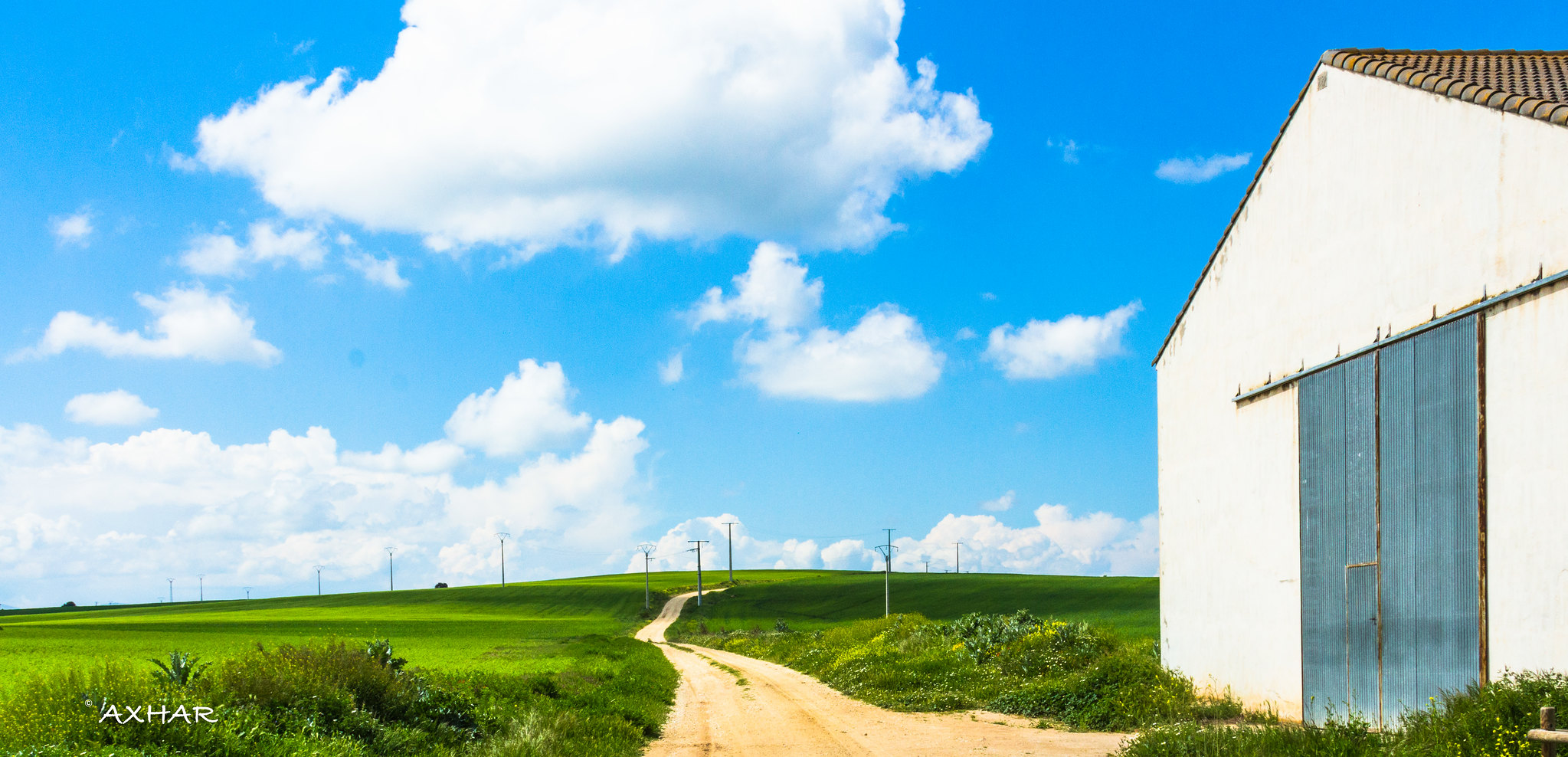
Spain has very different and amazing landscape. You can find some plain lands though they are not very comman because because Spain is mainly Mountains. But there alot of feilds and agriculture. Because of this Spain in famouse for its ornage and olives it is one of leading country in the world.
Read more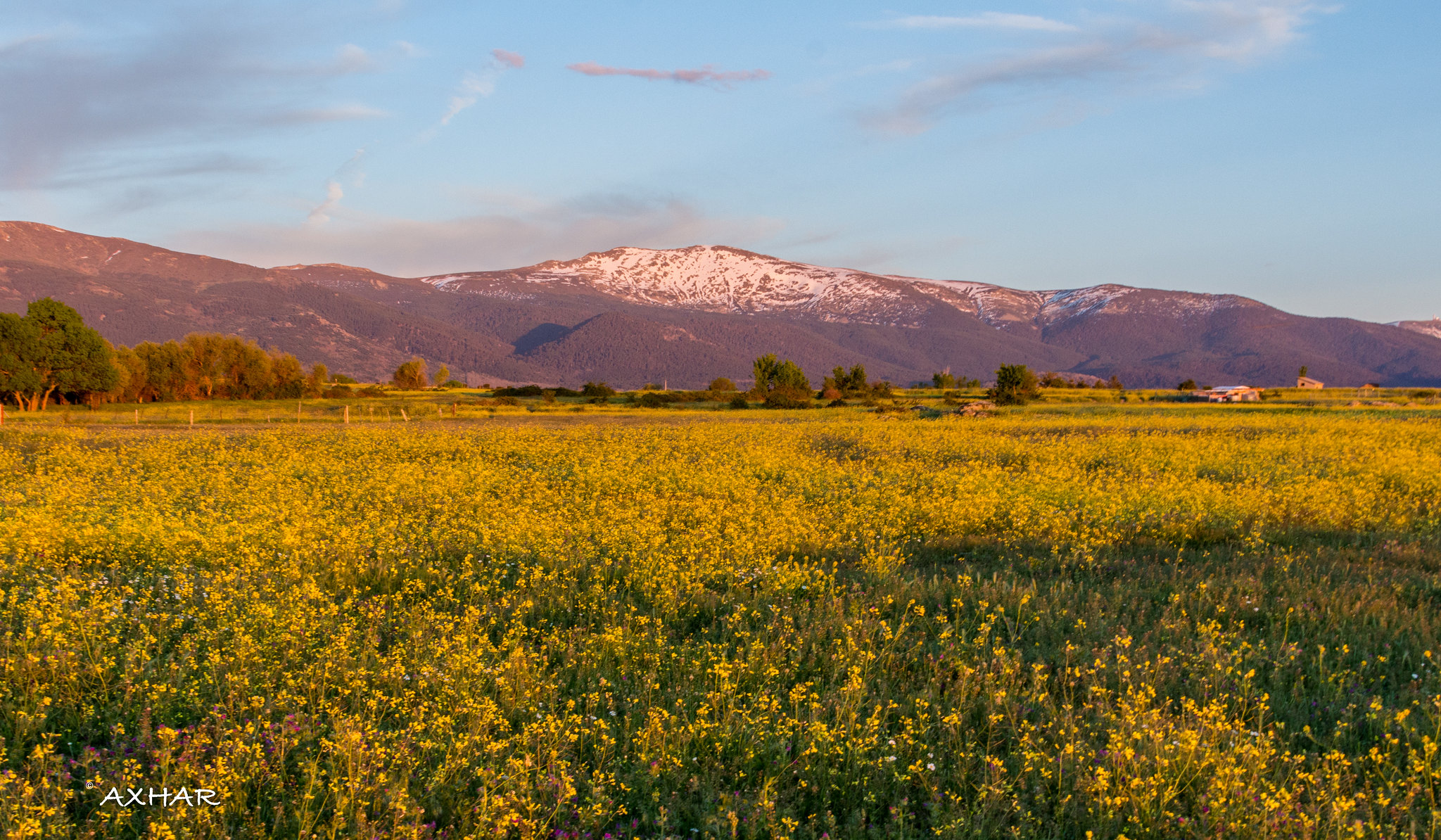
Spain is a storied country of stone castles, snowcapped mountains, vast monuments, and sophisticated cities, all of which have made it a favoured travel destination. The country is geographically and culturally diverse. Its heartland is the Meseta, a broad central plateau half a mile above sea level.
Read more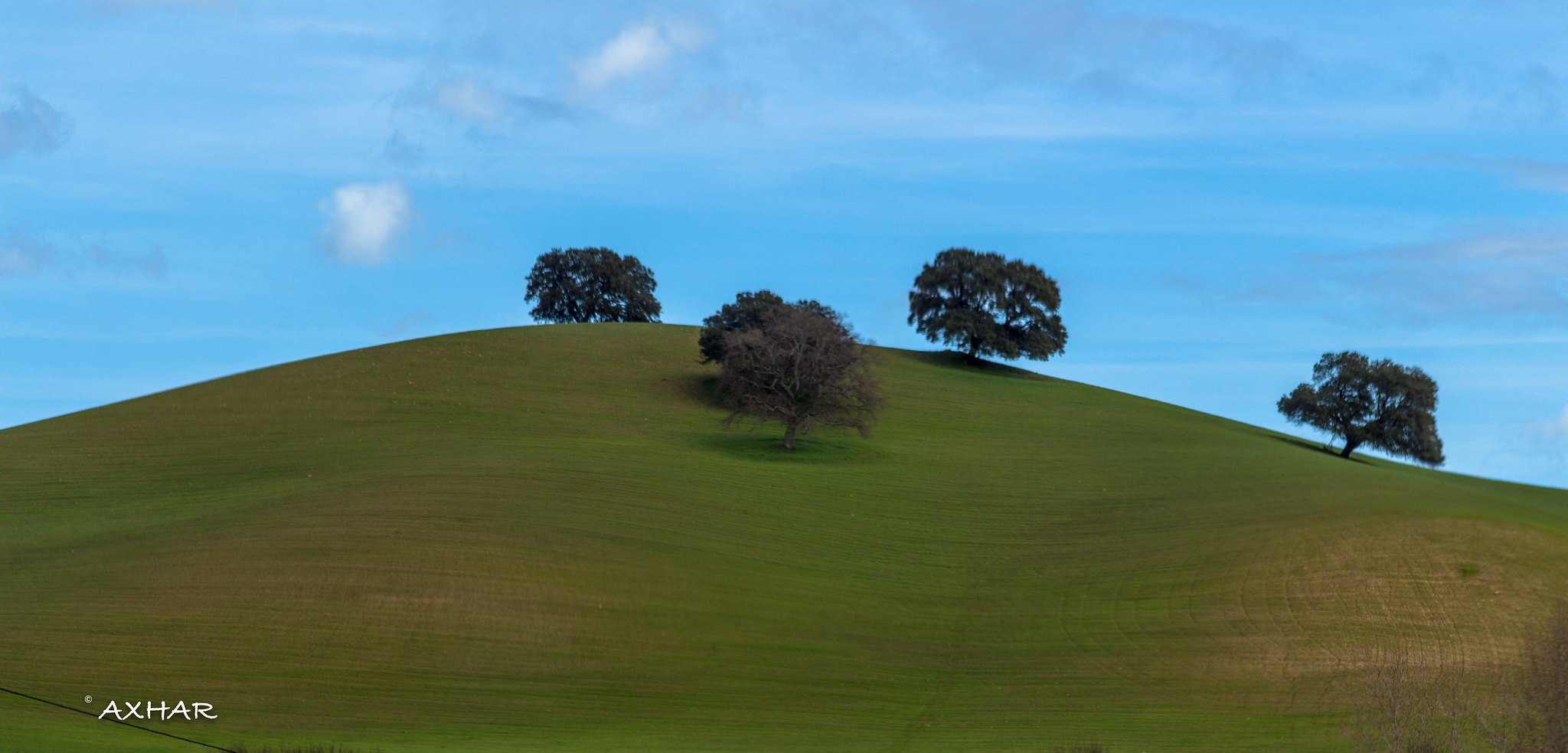
Spainish landscape is one of most beautiful and senic. Most of the topography of Spain consists of flat plains that are surrounded by rugged, undeveloped hills. Plants and trees grow so well on the northwestern coast, in Galicia and along the Bay of Biscay, that the area is called Green Spain.
Read more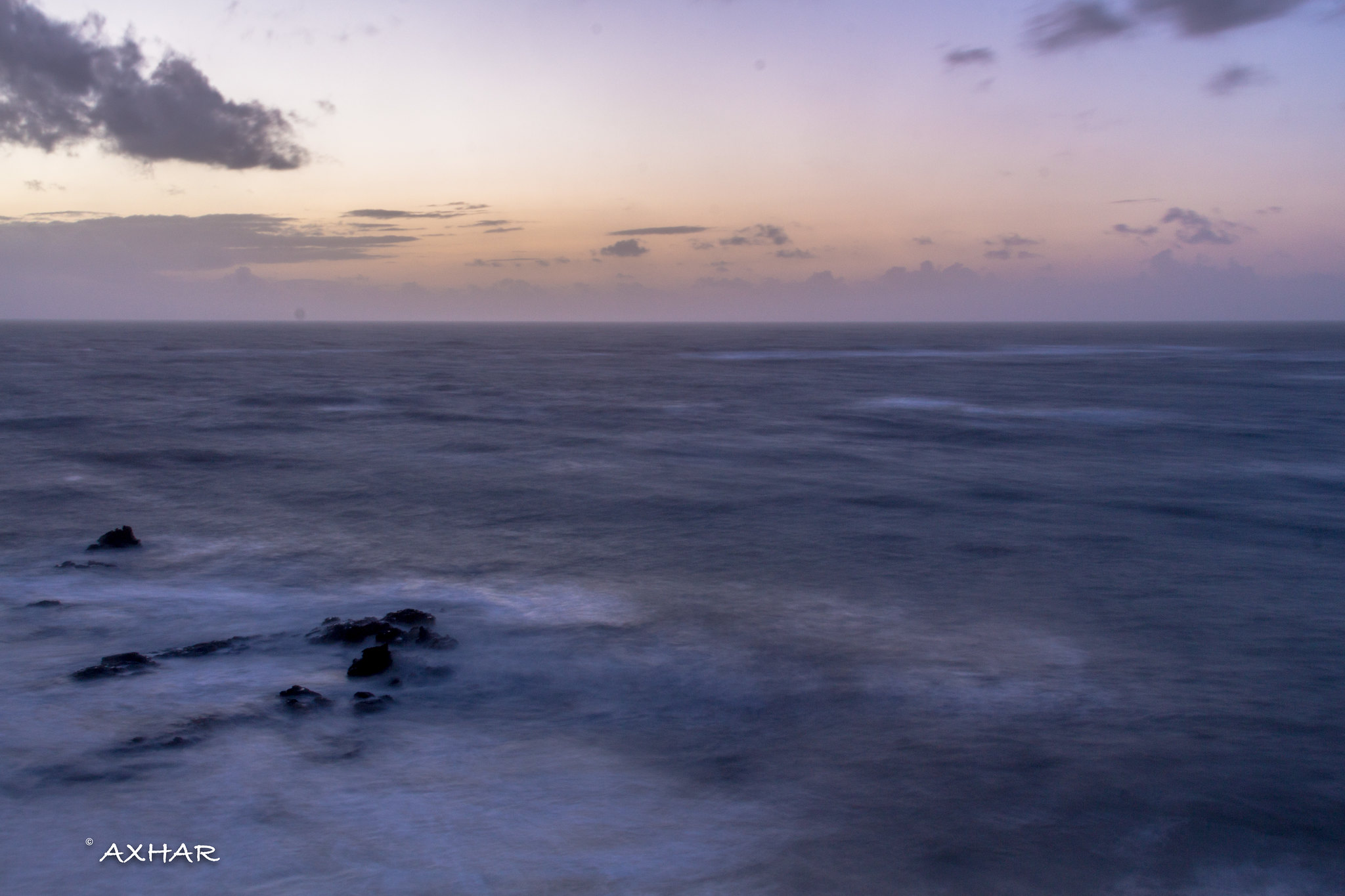
The Gulf of Cadiz is located in the eastern sector of the North Atlantic Ocean, to the southwest of the Iberian Peninsula. Its eastern boundary is the Strait of Gibraltar, western border of the Mediterranean Sea.
Read more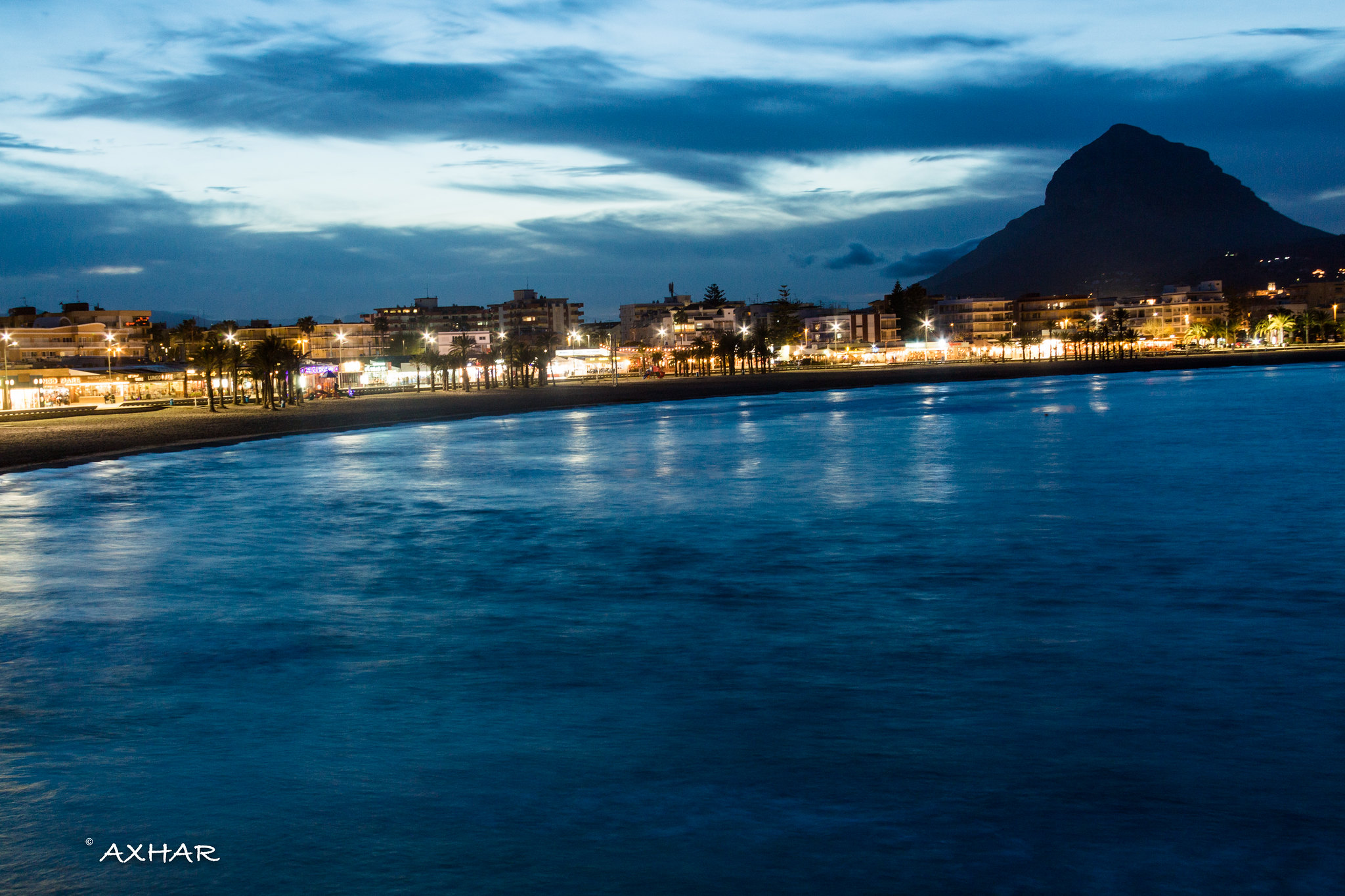
The coastal jewel of Javea is bookended by rocky headlands and is a prime example of old world meets modern energy. The "old town" district is filled with remains of walls built to keep out pirates, as well as a 14th-century church.
Read more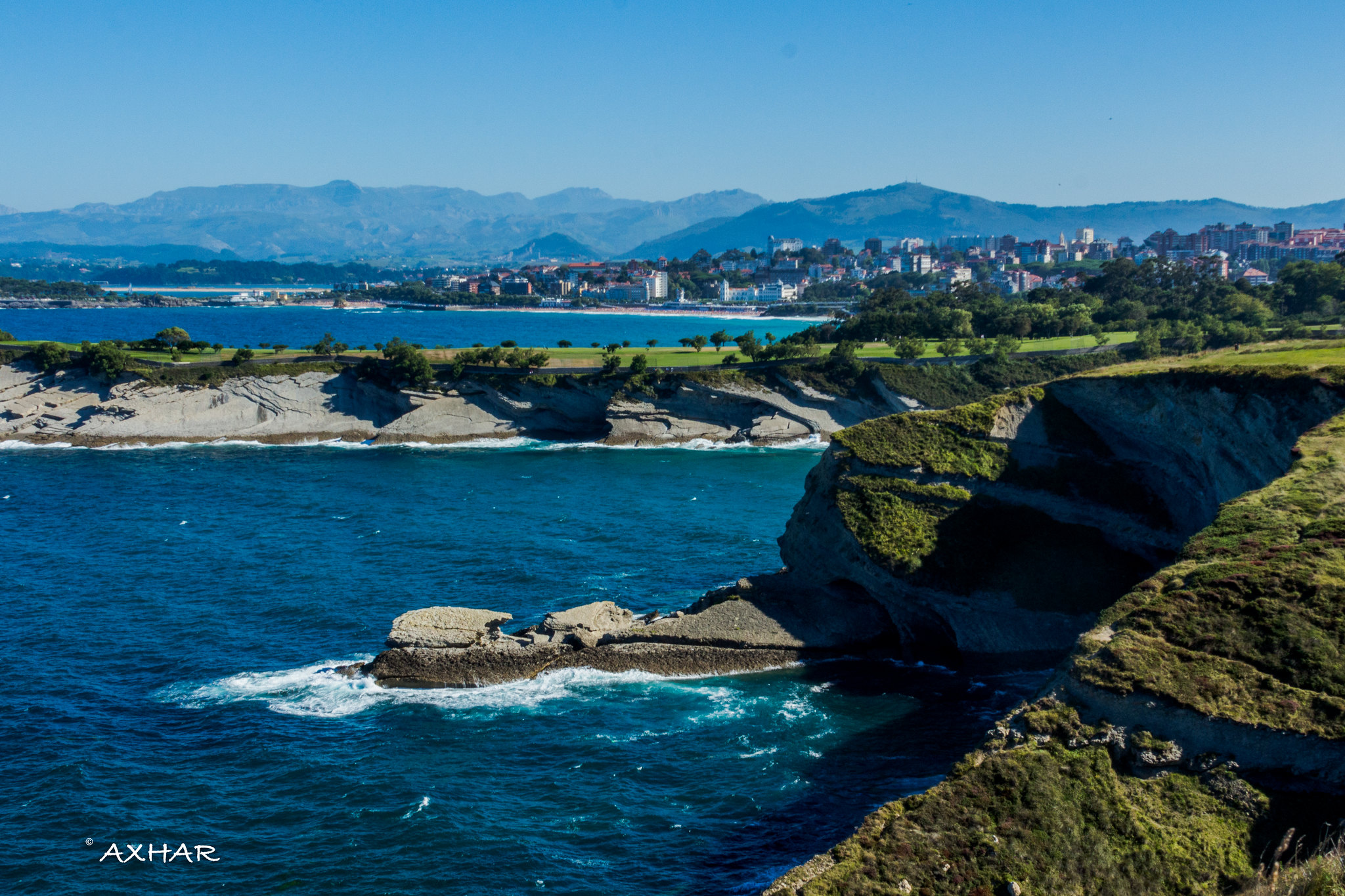
The coast of Cantabria, which stretches over 200 km, from Castro Urdiales, east of the city Laredo, to the Ría de Tina Mayor, formed by the mouth of the River Deva which marks the border with the province of Asturias in the west.
Read more